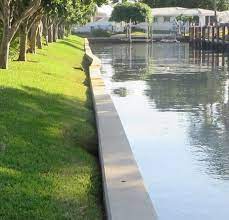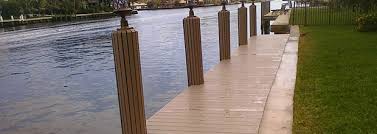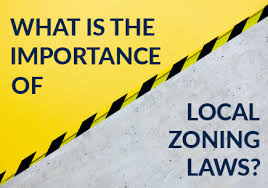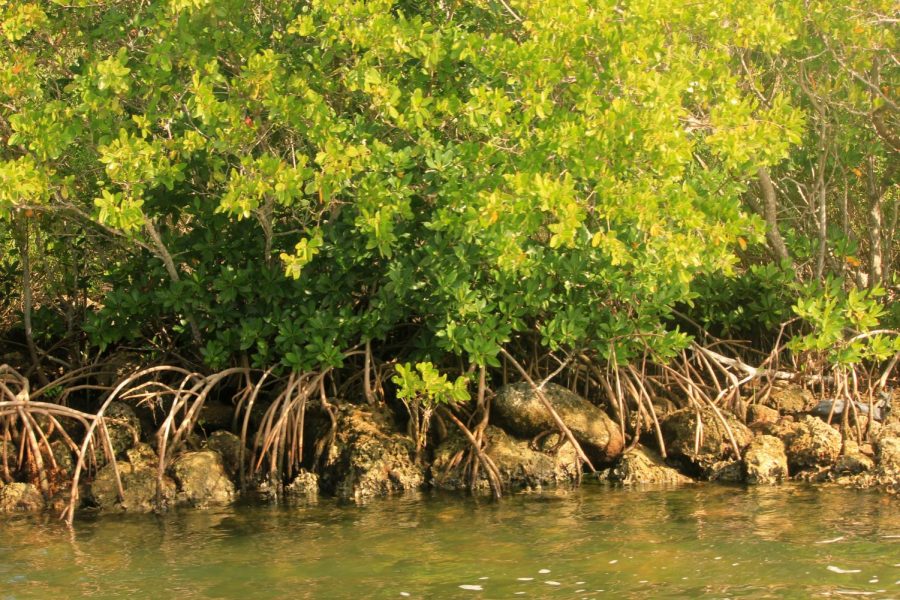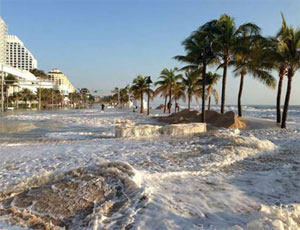Social Links Widget
Click here to edit the Social Media Links settings. This text will not be visible on the front end.
Guide for Boaters Buying SE Florida Waterfront Homes with Docks
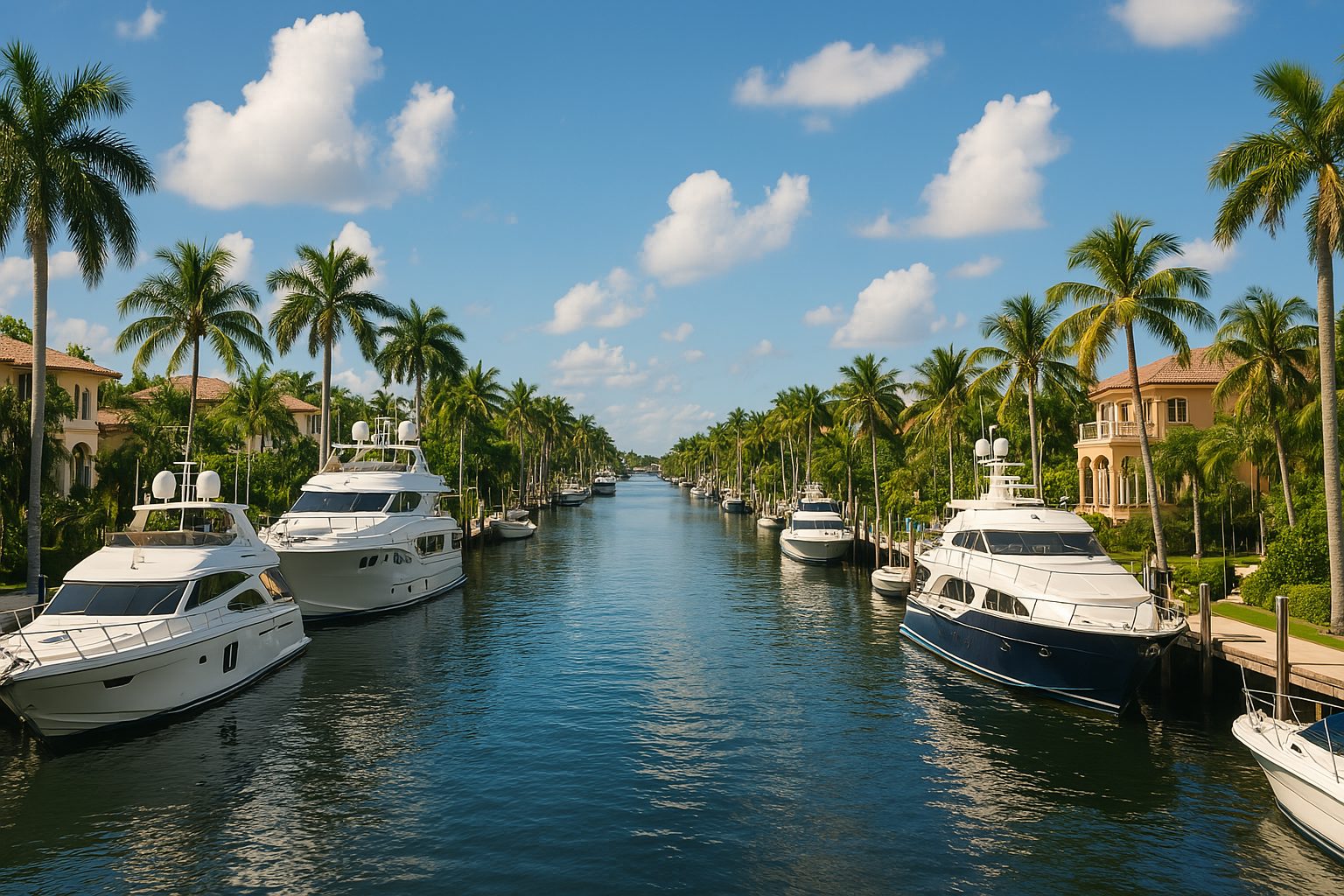
Navigating Waterfront Home Purchases in Southeast Florida: A Comprehensive Guide for Boating Enthusiasts
As a seasoned real estate professional specializing in waterfront properties in Southeast Florida, I understand the unique considerations that boating enthusiasts must address when purchasing a home. Beyond the allure of scenic views, it’s essential to ensure that the property meets your specific boating needs. Here’s a list of considerations to help you make an informed decision.
1. Assess Dock Dimensions and Setbacks
Before finalizing a purchase, verify that the property’s dock can accommodate your vessel’s length and beam. Florida regulations often mandate setbacks from neighboring property lines to ensure safety and environmental compliance. It’s crucial to consult local zoning laws to determine specific setback requirements for the area you’re considering. The linear length of the waterfront must be able to accommodate the total length of the vessel plus the setback requirement.
-
Setbacks:Docks are generally setback 5 feet from the property line, but in some cases, 10 feet is required. This setback is calculated from the property line at the bow and stern sides of the vessel.
2. Evaluate Waterway Accessibility
Determine the property’s proximity to open waters, inlets, and the ocean. Consider the presence of fixed bridges along your intended route. Most fixed bridges over the Atlantic Intracoastal Waterway in Florida offer a vertical clearance of 65 feet above mean high water, except for the Julia Tuttle Causeway in Miami, which has a 56-foot clearance. Ensure that your vessel’s height, especially with antennas or towers, can safely pass under these structures at high tide.
3. Check Water Depth and Draft Compatibility
Assess the water depth at the property’s dock during both high and low tides. Ensure that the depth accommodates your boat’s draft to prevent grounding. A minimum depth of 3 feet at mean low water is often required for single-family docks. Consult tide charts and, if possible, conduct a depth survey to confirm suitability. In my experience, it is smart to ask the current property owner if the waterway has been previously dredged. This may indicate a need for dredging in the future.
4. Inspect Seawall Integrity
A sturdy seawall is vital for protecting your property from erosion and storm surges. Regular inspections are recommended, with experts advising annual checks in areas prone to severe weather. Look for signs of wear, such as cracks, rust stains, or soil erosion. Engage a professional to assess the seawall’s condition and determine if repairs or replacements are necessary. Click link for: Broward County Regional Standards for Seawalls & Flood Barriers
The new Miami-Dade County regional seawall ordinance mandates that all new seawalls must be constructed to a minimum elevation of 5.7 feet NAVD, or 4 feet NAVD if designed to support a future elevation of 5.7 NAVD, according to the City of Miami Beach – Rising Above. It also codifies that seawalls must be upgraded if the property undergoes new construction or substantial improvements, and establishes overtopping as a trigger for seawall elevation and maintenance requirements.
5. Verify Shore Power Availability
Ensure the dock is equipped with adequate shore power to meet your vessel’s electrical needs. This includes checking for appropriate voltage, amperage, and the condition of power pedestals. Proper shore power is essential for charging batteries, running onboard systems, and ensuring comfort during docked periods.
6. Confirm Channel Width and Navigability
The waterway leading to your dock should be wide enough to allow safe maneuvering without encroaching on neighboring properties. In Broward County, Florida, a 30% rule limits the width of a docked vessel to 30% of the canal’s width, measured from the recorded property line. Also, in canals or waterways 50 feet or less wide, fixed or floating docks can extend a maximum of 5 feet from the measurement reference line. Boats cannot be moored to or tied to a seawall or other mooring structure without the owner’s permission, except in cases of distress. Ensure that the channel’s width and depth are sufficient for your vessel’s size and handling characteristics.
7. Evaluate Dock Condition and Boat Lift Feasibility
Inspect the existing dock for structural integrity and maintenance. If you plan to install a boat lift, determine whether the current dock can support it or if extensive repairs are needed. Consult with marine contractors to assess feasibility and compliance with local regulations.
-
Constructing or installing docks, boat lifts, and other structures in waterways requires permits from the city engineer and building official.
8. Understand Wake Zone Regulations
If the property is located on the Intracoastal Waterway, be aware of designated wake zones. These areas require vessels to operate at idle speed to minimize wake, protecting both the shoreline and other vessels. Understanding these regulations is crucial for planning your boating activities. It is very common for waterfront home owners on the ICW to have boatlifts due to the waterway’s fluctuating water levels and potential for damage from weather and tides. A boat lift elevates the vessel above the waterline, protecting it from corrosion, algae buildup, and accidental impacts.
9. Know Flood Insurance Requirements
When purchasing a waterfront property in Southeast Florida, particularly in Broward and Miami-Dade Counties, it’s crucial to understand the implications of flood insurance:
-
Mandatory for High-Risk Zones: If your property is located in a Special Flood Hazard Area (SFHA) and you have a mortgage from a federally regulated or insured lender, flood insurance is required.
-
Recommended for All: Even if your property is outside of designated high-risk zones, flood insurance is strongly recommended. Flooding can occur due to heavy rains, storm surges, or infrastructure failures, and standard homeowners’ insurance policies typically do not cover flood damage.
-
30-Day Waiting Period: Be aware that there is typically a 30-day waiting period after purchasing flood insurance before the policy becomes effective.
-
Assessing Flood Risk: Use local resources to determine your property’s flood zone designation. Miami-Dade County provides flood zone maps, and Broward County offers an interactive flood map viewer.
Understanding and securing appropriate flood insurance is essential to protect your investment and ensure peace of mind in your waterfront home.
10. Familiarize Yourself with Local and State Regulations
Waterfront properties are subject to various local and state regulations. The Florida Department of Environmental Protection (FDEP) oversees environmental compliance, including dock construction and maintenance. Ensure that any modifications or additions to the property comply with FDEP guidelines and obtain necessary permits.
- If your property is within the BMSD (unincorporated area), you’ll need to contact the Broward County Zoning department directly. You can find their contact information and meeting schedule on their website.
- If your property is within a city or town (like Fort Lauderdale, Pompano Beach, etc.), you’ll need to contact the city or town’s zoning department.
Links to Consult Local Resources for Additional Information:
- Florida Department of Environmental Protection (FDEP)
- Broward County Zoning
- Miami-Dade County Zoning
- Dock Permitting in Florida
- Broward Safe Boating Guide (a VERY comprehensive guide on boating!)
Purchasing a waterfront home in Southeast Florida is a significant investment, especially for boating enthusiasts. By thoroughly evaluating dock specifications, waterway access, and structural integrity, you can ensure that your new home aligns with your maritime lifestyle. Partnering with a knowledgeable real estate professional can provide invaluable insights and guidance throughout this process.
Feel free to reach out if you have any questions or need assistance in finding the perfect waterfront property tailored to your boating needs.
CONTACT ANNETTE
Let’s start working together!
Annette Dammeyer, REALTOR®, ABR®, AHWD®
Coldwell Banker Realty
901 E Las Olas Blvd STE 101, Fort Lauderdale, FL 33301
808.747.3686
SL 3535792
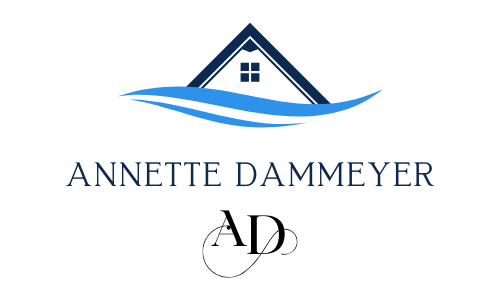
Boater’s Tips for Buying Waterfront Property
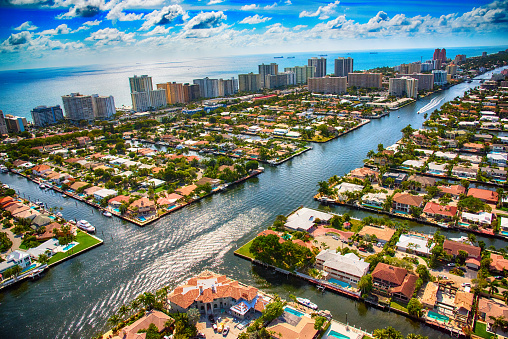
Helpful Information for Boaters Purchasing Waterfront Homes in SE Florida
It’s no wonder that Florida attracts people from all over to enjoy the endless opportunities Florida has over 1,500 miles of coastline and over 3,000 inland waterways, providing saltwater and freshwater recreation opportunities like kayaking, canoeing, sailing and watersports. It’s no surprise that it’s the boating capital of the world. If you are ready to make that Sunshine State dream come true and buy a waterfront home, there are some important items to keep in mind to ensure the enjoyment of your property for years to come.
Location and Type of Waterfront Properties- What Fits Your Needs?
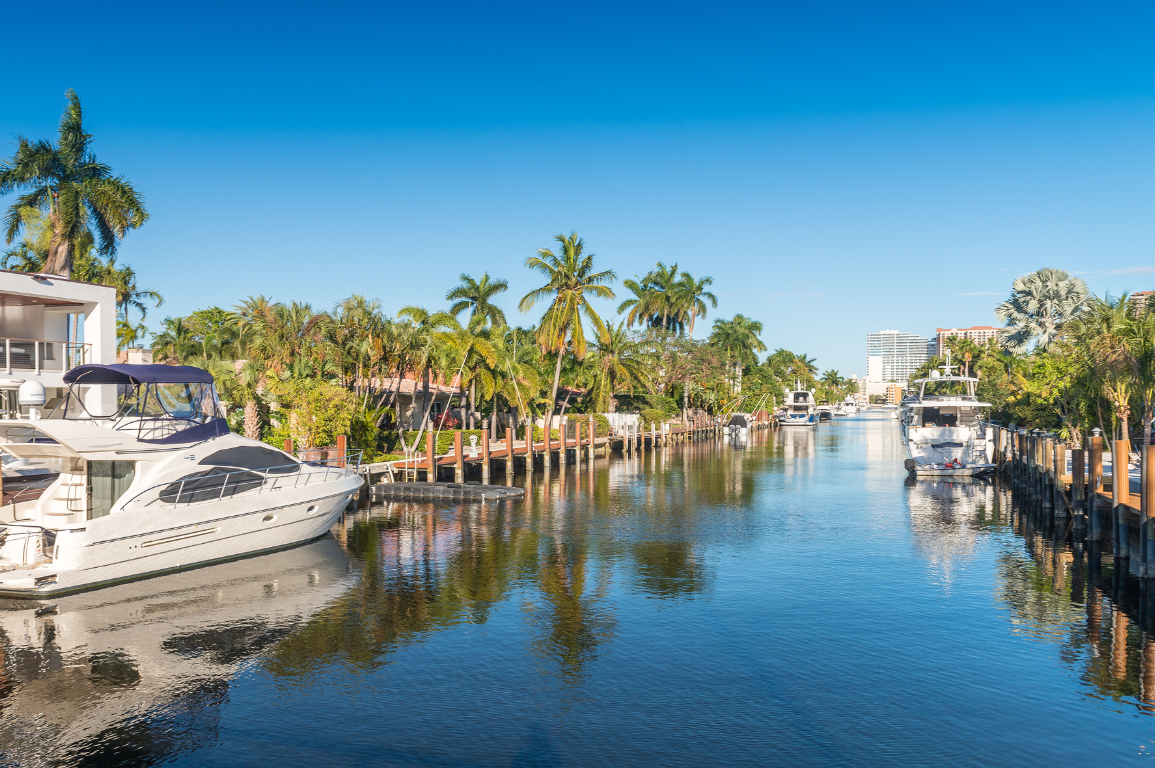
-
- The location you choose will determine price, utility and ultimately the resale value, if you choose to sell in the future. What kind of boating do you do? Do you need quick ocean access for the early morning fishing runs or do you enjoy leisurely cruises along popular canals to dock at your favorite Las Olas restaurant, or maybe you want live near a water sports zone for some wake boarding or jet skiing?
- Types of waterfront properties. Single family homes, condominiums and townhomes are all options, each with their own benefits. Most ocean front properties are generally not practical for boaters so a consideration may be living in a condo right on the ocean while renting a boat slip at a nearby marina.
- Know your boating needs including water depth, canal width and water access. Will low tide be too shallow for your size of vessel? Can you navigate under fixed bridges at high tide or do you need ocean access with no fixed bridges?
- Always consider the land property as you would any other traditional home purchase. Does the home check off the items in your “must have list”? Always consider your future needs. Is a bigger boat in the future? You may have a Boston Whaler 27 center console, but if an Azimut Fly 50 is in your plans, you may need more footage in your dock slip.
Seawall Integrity – #1 Priority
-
- Almost all of the waterfront properties in South Florida (canal-front, bay-front, riverfront) are protected by seawalls which were installed by the original developer or a marine contractor. Many of the original seawalls in South Florida are nearing the end of their useful lives or have been replaced.
- Historically, types of seawalls have included treated timber, concrete, steel, aluminum, coquina rock, concrete bags, and even asbestos sheeting. Vinyl and composite sheet pile is replacing these materials, owing to their low costs and tremendous longevity and safety.
- Be aware that the State of Florida has regulations specific to each of the districts that control construction near or on the water. The homeowner is obligated to contact the applicable district office and be aware of the limits and restrictions in their particular county. In most cases, permits are necessary for construction and can be handled by the chosen contractor.
- Waterfront home buyers need to know the importance of seawall inspections in South Florida. It is a crucial part of a home inspection that a buyer should have completed prior to closing the transaction. Seawalls are the most important part of a waterfront lot. The seawall is a wall or embankment that keeps the land from eroding into the ocean. Homeowners are responsible for maintaining their seawall in good repair and ensuring that their property is not the source of flooding into their neighborhoods. A seawall is considered to be in disrepair if it is substantially cracked, leaning, crumbling or showing evidence of upland erosion. In addition, the seawall should not allow tidal waters to flow through or over it, especially into adjacent properties or the public Right-of-Way.
-
What are the new seawall regulations in Florida?The ordinance addresses resiliency standards for tidal flood protection by raising the minimum height of seawalls and tidal barriers to comply with standards established by Broward County. The new standard of compliance is 5 feet NAVD, up from 3.9 feet NAVD (North American Vertical Datum)
Docks – Where You Park Your Big Toys
-
- When considering the purchase of a home or lot located on the water, it is strongly recommended that potential buyers have the boat dock evaluated by an inspector or contractor specializing in marine construction before buying.
- Determine the type of dock you have. Wood pile, Concrete pile, Deck Materials: Wood, Composite, Concrete.
- Inspect the dock components, including but not limited to, the deck, the pilings, the joists, stringers, fasteners, metals and any other components visible from the land side and underneath the structure.
- Ensure your dock utilities are up to code with proper connections, safety devices and adequate shore power adapters.
Zoning Laws – They Also Apply to Boats
-
- Local zoning may restrict the size and type of boat you can have docked at your property. City and County zoning may differ, so make sure you are informed on what is allowed for your particular property. This includes how far your boat can extend into the waterway (leaving adequate navigational space) and setback which can differ for individual lots dictating how close your vessel can be to your neighbor’s property.
- Always review local zoning ordinances to know what you can build, replace or extend. If you’re looking at a waterfront property in Florida that doesn’t include a dock or other marine structures, you may wonder if you’re able to add one. Fortunately, this right — the right of an upland owner to “wharf out” to navigable waters — is intrinsic to their riparian rights. This structure may also include a boathouse or area for sitting, fishing, or other activities relating to your use and enjoyment of the water. This is a qualified statement, you should have a survey completed and an attorney review the property description in the deed.
- Click link for Dock Permitting in Florida
Mangroves – Protected for Good Reason
-
- The riparian right to a view is often impacted by mangroves, and homeowners often desire to trim or remove mangroves to expand their view of a waterway. Before taking any action concerning the trimming or removal of mangroves, homeowners should be familiar with the legal requirements and implications of their actions.
- People living along the south Florida coasts benefit many ways from mangroves. Mangrove forests protect uplands from storm winds, waves and floods. The amount of protection afforded by mangroves depends upon the width of the forest. A very narrow fringe of mangroves offers limited protection, while a wide fringe can considerably reduce wave and flood damage to landward areas by enabling overflowing water to be absorbed into the expanse of forest. Mangroves can help prevent erosion by stabilizing shorelines with their specialized root systems. Mangroves also filter water and maintain water quality and clarity.
- State and local regulations have been enacted to protect Florida’s mangrove forests. Local laws vary. Be sure to check with officials in your area prior to taking any action to determine if a permit is required.
Flood Zones and Elevation – Know Your Insurance Requirements and Costs
-
- Flood zones are indicated in a community flood map. Each flood zone describes the flood risk for a particular area, and those flood zones are used to determine insurance requirements and costs.
- A FEMA Elevation Certificate is a document completed by a surveyor that informs the homeowner, building department, title company and mortgage company or other entities requiring the form of relevant elevations on the subject property and building. The Elevation Certificate will also include floodplain information including Base Flood Elevation and Flood Zone.
- Local communities often store Elevation Certificates on city or county websites and can be downloaded for free. It is a good idea to check with your city or county first. Additionally, the Elevation Certificate may not be available online, but the community could have a paper copy of the document. Finally, an Elevation Certificate may be associated with your mortgage closing documents.
- An additional resource for digital Elevation Certificates is the Florida Disaster website. This website is supported through the Florida Division of Emergency Management (FDEM).
Knowledge is power! Doing your research and making informed decisions prior to purchasing a waterfront home will only add to the enjoyment of owning a beautiful piece of the Florida life.
Contact me when you are ready to buy that ocean front condominium, a home in the mid-canal or a popular point lot. I am here to help every step of the way and can offer resources for your inquiries that I may not have addressed in this article.
Let’s work together to get you that waterfront home in paradise!
Annette Dammeyer, REALTOR
Coldwell Banker Realty
901 E Las Olas Blvd Ste 101
Fort Lauderdale, FL 33301
808.747.3686
SL 3535792

 Facebook
Facebook
 X
X
 Pinterest
Pinterest
 Copy Link
Copy Link

